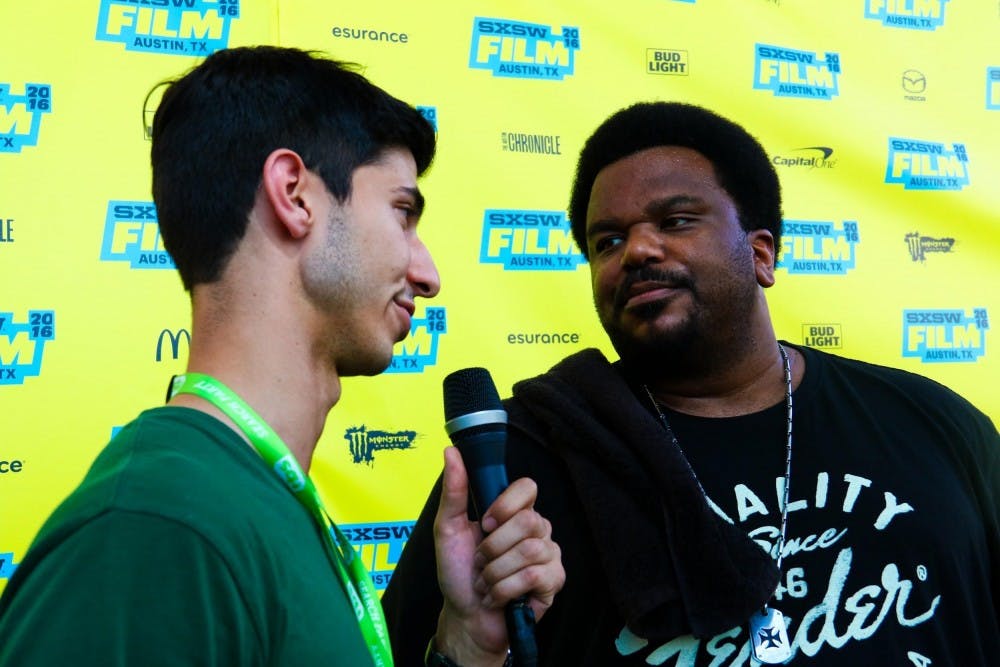Sometimes we catch ourselves wishing there were more celebrities at South by Southwest. We instantly feel ashamed, but almost can’t help ourselves. Where are the Scarlett Johansson films? Is Matt Damon just waiting somewhere backstage?
But that moment always passes, and in the wake of that moment, it becomes extremely apparent that SXSW is a special corner of the film industry in so many ways. If there were more celebrities here, it simply wouldn’t be the same. Indeed, if it was changed in any way to appeal to Hollywood, it just wouldn’t be the same.
One of the things that makes it so special as a festival is that so many of the films here tell stories that usually don’t get told. We’re not just talking about the bizarre, offbeat arthouse flicks that one might expect. Instead, we’re talking about the stories of minorities and underprivileged groups.
After a scathing monologue by Chris Rock at the Oscars, this is a subject that is even more present in the minds of audience members and, hopefully, Hollywood executives. We have been so thrilled throughout this festival to see the camera turn to the viewpoints of people of color. Actors on screen flesh out minority characters in unique and impressive ways, while behind the scenes, the crew is filled with diverse and fascinating filmmakers.
Yesterday, we saw “A Stray,” which was a film set in my hometown of Minneapolis. The film focused on Adan, a young man within the prominent Somali community in Minnesota. The director, Musa Syeed, is Muslim, and the lead actor is Oscar-nominated Barkhad Abdi (of “Captain Phillips” fame).
“A Stray” was beautiful because it dealt with issues of race in ways that are rarely seen in film. Usually, race is addressed in films in one of two ways--either at the forefront of the film and the plot or completely ignored through methods like color-blind casting. On the other hand, this movie seemed to emulate life in the way that race was addressed. Though race wasn’t the primary plot or focus of the film, Adan was subtly influenced by his race, religion and history throughout the film.
Isn’t that how race affects us all on a day to day basis? For us, not every day is a plot filled with events pertaining directly to my race. At the same time, our race implicitly or explicitly influences everything we do. Why do movies struggle with that so much?
For some reason, though, the movies at SXSW this year have addressed race in a nuanced and tactful way. It gives us hope for Hollywood. Whether it was the story of the overly optimistic man recently out of prison in “Hunter Gatherer,” the coming of age while abroad story of “Morris from America” or the story about an Uber driver on New Year’s Eve with “9 Rides,” race was an understated but extremely important part of this festival.
Today, during an interview with Syeed about “A Stray,” we mentioned race and how his film addressed it.
“If we want true diversity, we need a multiplicity of voices,” he answered simply.
He’s so right. Perhaps we are slowly getting better at diversity in movies. However, the films at SXSW were some of the first we have seen that show true diversity. We can’t wait for Hollywood to catch up.
Get The Chronicle straight to your inbox
Signup for our weekly newsletter. Cancel at any time.

